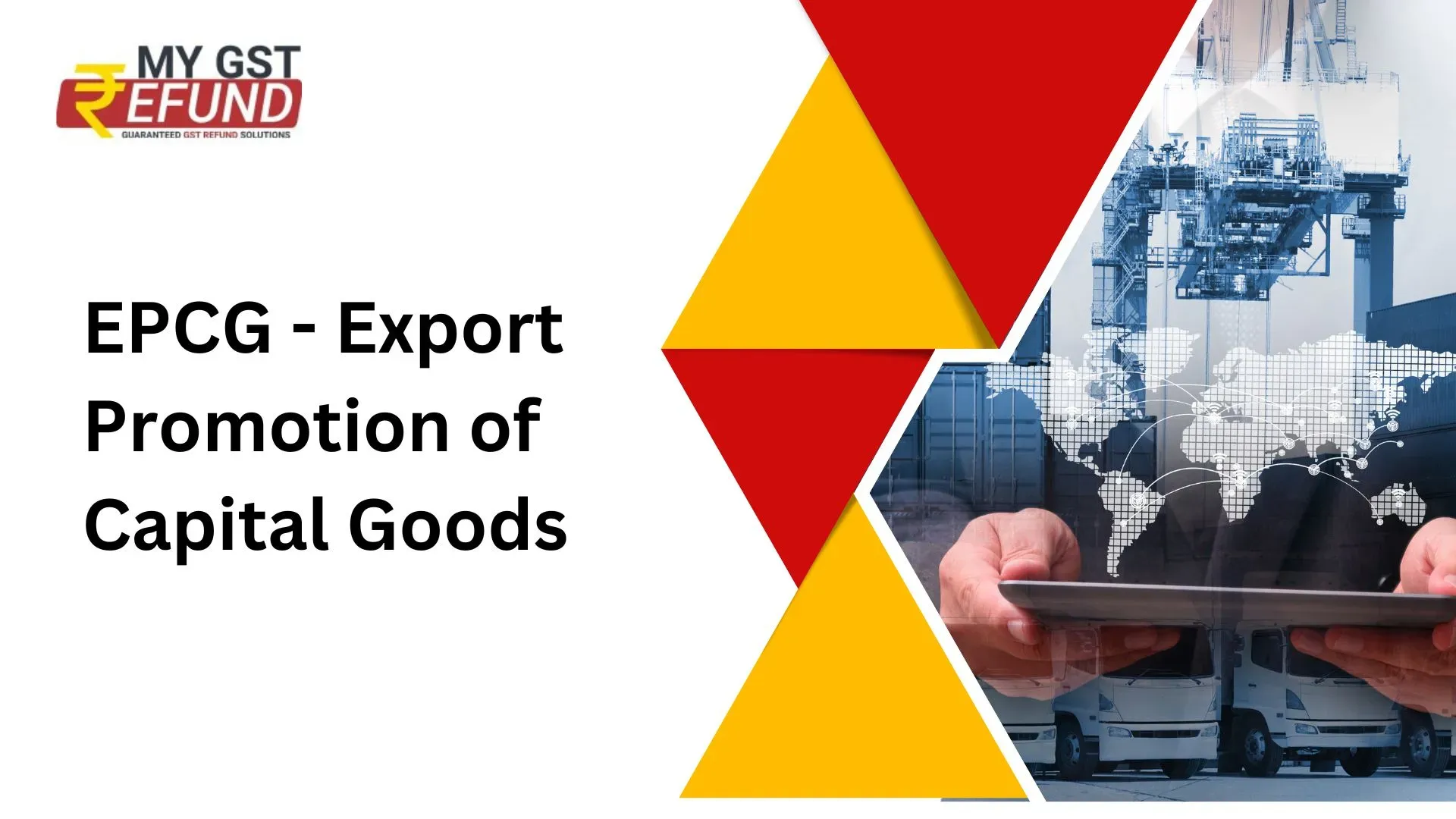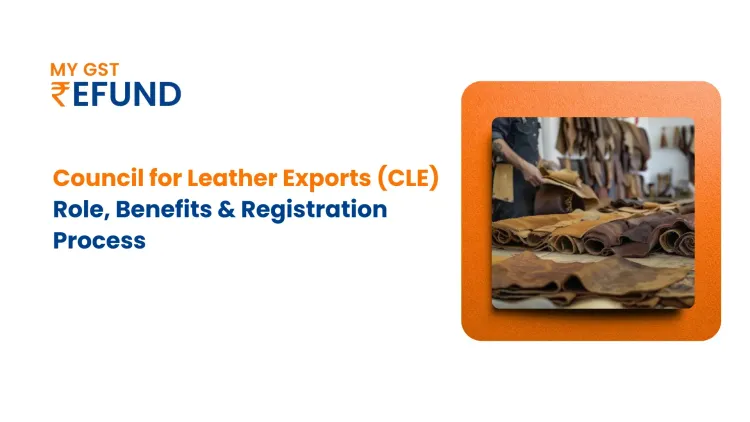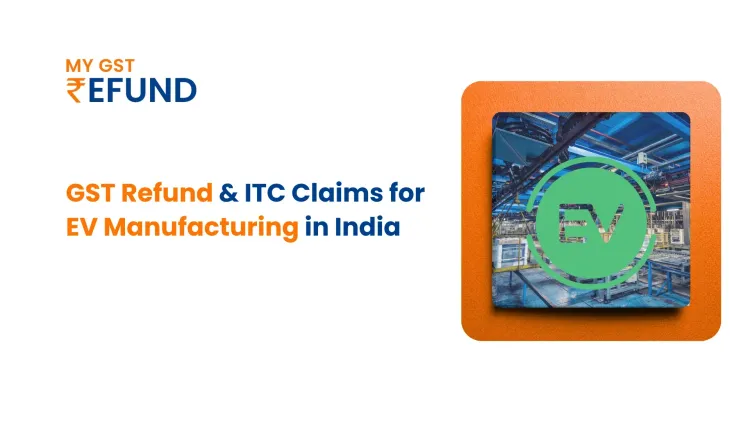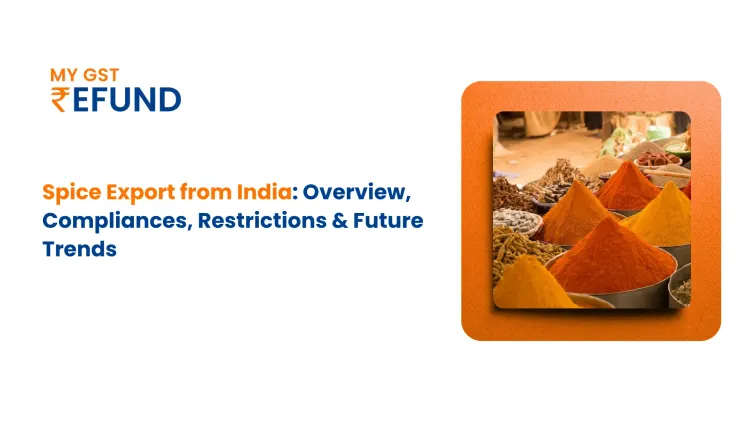Exploring the EPCG Scheme: Boosting Exports through Capital Goods
Published on: Fri Oct 27 2023
Exploring the EPCG Scheme: Boosting Exports through Capital Goods
In today's global economy, international trade plays a pivotal role in the growth and development of countries. To encourage and facilitate exports, governments around the world have introduced various incentive schemes. One such scheme is the Export Promotion Capital Goods (EPCG) Scheme. The EPCG Scheme is a policy initiative by the Government of India that aims to promote exports and strengthen the Indian economy.
Export Promotion Capital Goods
The Export Promotion Capital Goods (EPCG) Scheme is an export incentive program in India introduced by the Government of India. The primary objective of the EPCG Scheme is to promote and facilitate exports by allowing Indian exporters to import capital goods at a concessional customs duty rate, with the condition that they fulfil an export obligation.
Capital Goods allowed under the EPCG Scheme
The Export Promotion Capital Goods (EPCG) Scheme in India allows for the import of a wide range of capital goods, which are essential for manufacturing, producing, or processing goods meant for export. These capital goods are considered necessary to enhance the quality, efficiency, and competitiveness of the export products. The specific items that are allowed under the EPCG Scheme include, but are not limited to:
Machinery: This category includes various types of machinery and equipment used in manufacturing and production processes. Examples can range from industrial machines like CNC machines, printing presses, and textile machinery to equipment used in agriculture, such as tractors and harvesters.
Components and Spare Parts: Capital goods may also encompass components and spare parts necessary for maintaining and repairing machinery and equipment. These components are crucial for ensuring the smooth and uninterrupted operation of the production process.
Tools and Dies: Tools, dies, and molds used in manufacturing processes are eligible for import under the EPCG Scheme. These are often essential for shaping and forming products, especially in industries such as automotive, aerospace, and plastics.
Laboratory and Testing Equipment: For industries where product quality and compliance with international standards are critical, laboratory and testing equipment are included. This category covers instruments and devices used for quality control, research, and development.
Computers and Software: Information technology and computer-related equipment are also part of the EPCG Scheme. This can include computers, servers, software, and networking equipment necessary for efficient business operations.
Equipment for Energy Conservation and Environmental Protection: As part of its commitment to sustainability, the EPCG Scheme includes capital goods related to energy conservation and environmental protection. These may include equipment for renewable energy, pollution control, and waste management.
Medical and Surgical Equipment: Medical devices, surgical instruments, and healthcare equipment are eligible for import under EPCG for export-oriented medical manufacturing businesses.
Agro-based Processing Machinery: For the agriculture and agri-processing sector, capital goods may include machinery and equipment used in food processing, crop handling, and related activities.
Benefit from the EPCG Scheme
The EPCG Scheme offers several benefits to Indian exporters:
a. Import Duty Concession: One of the most significant benefits of the EPCG Scheme is the exemption from the payment of basic customs duty on capital goods. This reduction in import costs enhances the cost-effectiveness of export production.
b. Improved Competitiveness: By allowing access to state-of-the-art machinery and equipment, the scheme empowers Indian exporters to improve the quality and efficiency of their products. This, in turn, makes them more competitive in the global market.
c. Foreign Exchange Earnings: The scheme encourages foreign exchange earnings through exports, thereby contributing to India's foreign exchange reserves.
d. Access to Advanced Technology: The scheme allows Indian exporters to import state-of-the-art machinery, equipment, and technology. This access to advanced technology and equipment helps in improving the quality, efficiency, and productivity of the production process. It ensures that Indian exports are competitive and meets international standards.
EPCG License
To avail of the benefits of the EPCG Scheme, exporters need to obtain an EPCG License. This license serves as authorization from the Directorate General of Foreign Trade (DGFT), allowing the import of capital goods at a reduced duty rate. The license is issued based on the export performance of the applicant and the commitment to fulfill export obligations.
Documents required for EPCG License
Obtaining an EPCG (Export Promotion Capital Goods) License in India involves a formal application process, which requires the submission of various documents to the Directorate General of Foreign Trade (DGFT). The specific documents required may vary based on the nature of the export business and the details of the capital goods involved. However, here is a general list of documents that are typically required for the EPCG License application:
Application Form: A formal application form prescribed by the DGFT must be filled out and submitted. This form provides information about the applicant, the proposed capital goods, and the export obligation.
Importer Exporter Code (IEC): A valid IEC, or Importer Exporter Code, is a prerequisite for any export-related activities in India. EPCG License applicants must have an active IEC number.
Self-Declaration: A self-declaration about the accuracy and completeness of the information provided in the application form should be included.
Exporter's Profile: A detailed profile of the exporter's business, including information about the company's turnover, export performance, and details about the nature of the business.
Bank Certificate: A certificate from the exporter's bank, confirming the applicant's financial soundness and export performance. The bank certificate is an important document to demonstrate the applicant's financial capabilities to meet the export obligation.
Details of Capital Goods: Detailed information about the capital goods to be imported. This should include specifications, quantity, and the value of the capital goods.
Projected Export Obligation: An estimate of the export value that the applicant commits to achieving within the stipulated export obligation period, typically six years. This estimate should be based on the projected export turnover and should be supported by relevant documentation.
Letter of Undertaking: A legal undertaking to fulfill the export obligation as specified in the EPCG License.
Legal Bond: A bond for the value of the duty saved on the capital goods to be imported. The bond is a financial guarantee and serves as a commitment to meet the export obligation. In case of non-compliance, the bond can be encashed.
Industrial License: In certain cases where industrial licensing is required, a copy of the industrial license should be provided.
Technical Write-up: A technical write-up describing the nature and specifications of the capital goods to be imported can be required, particularly for machinery and equipment.
Any Other Specific Documents: Depending on the nature of the business, the type of capital goods, and other specific requirements, the DGFT may request additional documents.
Export obligation under the EPCG scheme
Under the EPCG Scheme, exporters are obligated to fulfill a certain value of export within a stipulated period, typically 6 years from the date of issuance of the license. The value of the export obligation is determined based on the duty saved on the capital goods imported under the scheme.
Failure to meet the export obligation results in penalties and the obligation to pay the applicable duty, along with interest. However, the EPCG Scheme provides flexibility by allowing exports of goods other than those manufactured using the imported capital goods to count toward the fulfillment of the export obligation.
Are you Looking for the Best GST Refund Consultant? MYGST REFUND offers top-tier GST refund services, including Refund for exporters, TCS And TDS refund, Refund under Inverted Duty Structure, GST Notices & Technical Replies, and many more if your GST application is rejected. Get in touch with us today to secure your refunds with ease."
Related Posts




